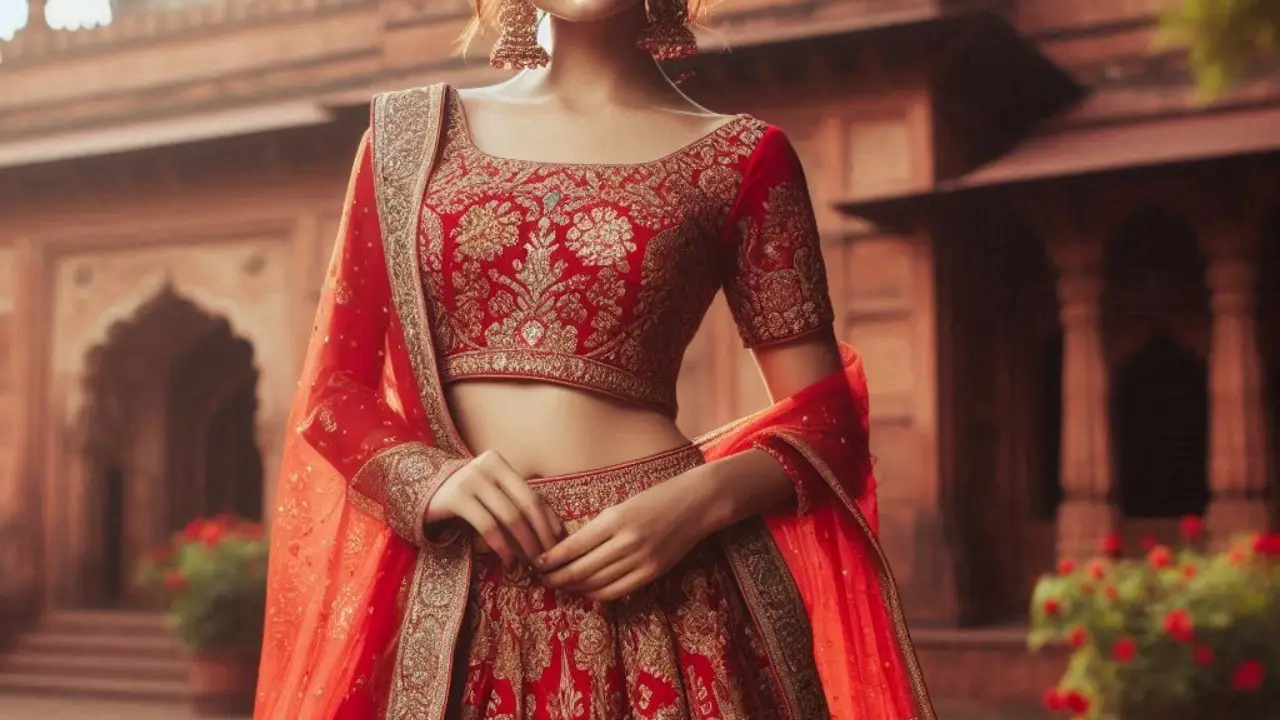In today’s bustling digital era, where the tap of a finger can fulfil our every desire, a new movement is sweeping through the world of fashion—one that champions sustainability, ethics, and mindful consumption. As the clamor for eco-conscious living grows louder, discerning consumers are increasingly turning to online platforms to curate wardrobes that not only reflect their personal style but also align with their values of eco-friendly fashion.
Deciphering Eco-Friendly Fashion
Eco-friendly fashion isn’t just a buzzword; it’s a philosophy—a commitment to reducing the environmental and social footprint of the garment industry. At its core, eco-friendly fashion embodies a holistic approach to design, production, and consumption, prioritizing environmental stewardship, fair labor practices, and social responsibility.
Navigating the Online Landscape
In the vast expanse of the digital marketplace, finding genuinely sustainable and ethical fashion can feel like searching for a needle in a haystack. However, armed with knowledge and discernment, consumers can navigate the online landscape with confidence. Look for brands that prioritize transparency, eco-friendly materials, and ethical production practices. Seek out certifications such as Fair Trade, GOTS, or B Corp, which serve as beacons of integrity and accountability.
Embracing Ethical Values
As you embark on your journey to shop sustainably online, it’s essential to align your purchases with your ethical values. Consider the environmental impact of your clothing choices, opt for garments made from organic, recycled, or upcycled materials, and support brands that champion fair wages, safe working conditions, and gender equality throughout their supply chain. By voting with your wallet, you send a powerful message to the fashion industry, demanding greater accountability and transparency.
Exploring Eco-Friendly Materials
Central to the ethos of eco-friendly fashion is the use of eco-friendly materials that minimize harm to the planet and its inhabitants. From organic cotton and hemp to Tencel and bamboo, there is a plethora of sustainable alternatives to conventional fabrics. By choosing garments crafted from these materials, you not only reduce your environmental footprint but also support agricultural practices that prioritize soil health, water conservation, and biodiversity.
Championing Artisanal Craftsmanship
India’s rich textile heritage is woven into the fabric of its culture, spanning centuries of tradition, craftsmanship, and artistry. When shopping online for eco-friendly fashion, consider supporting local artisans and craftspeople who imbue each piece with a sense of history and heritage. Look for brands that collaborate with artisanal communities, empowering them economically while preserving age-old techniques and cultural identities.
Cultivating a Conscious Wardrobe
In a world obsessed with fast fashion and fleeting trends, cultivating a conscious wardrobe is an act of rebellion—a refusal to succumb to the pressures of consumerism and disposability. Instead of chasing the latest fads, focus on timeless pieces that transcend seasons and trends. Invest in quality garments that are designed to last, repair, and cherish for years to come. By embracing minimalism and quality over quantity, you not only reduce waste but also redefine the notion of style and self-expression.
Educating and Empowering Others
As you embark on your journey towards eco-friendly fashion, don’t hesitate to share your knowledge and passion with others. Educate your friends, family, and community about the importance of ethical fashion, the impact of consumer choices, and the power of collective action. Whether through social media, workshops, or community events, be a catalyst for change, inspiring others to join the movement towards a more sustainable and equitable fashion industry.
Taking Action for Change
Ultimately, the power to transform the fashion industry lies in the hands of consumers. By making informed choices, supporting ethical brands, and advocating for change, we can collectively shape a future where fashion is not only beautiful but also ethical, sustainable, and inclusive. Together, let’s harness the transformative power of fashion to create a world where style meets substance, and every garment tells a story of sustainability, empowerment, and hope.
Conclusion
As we embark on this journey towards a more sustainable and ethical fashion future, let us remember that every purchase we make is a vote for the kind of world we want to live in. Whether online or offline, let’s shop with intention, compassion, and consciousness, knowing that our choices have the power to change lives, protect the planet, and redefine the fashion industry for generations to come.
How have you included sustainability in your fashion choices. Share your thoughts, recommendations, or questions in the comments below!





